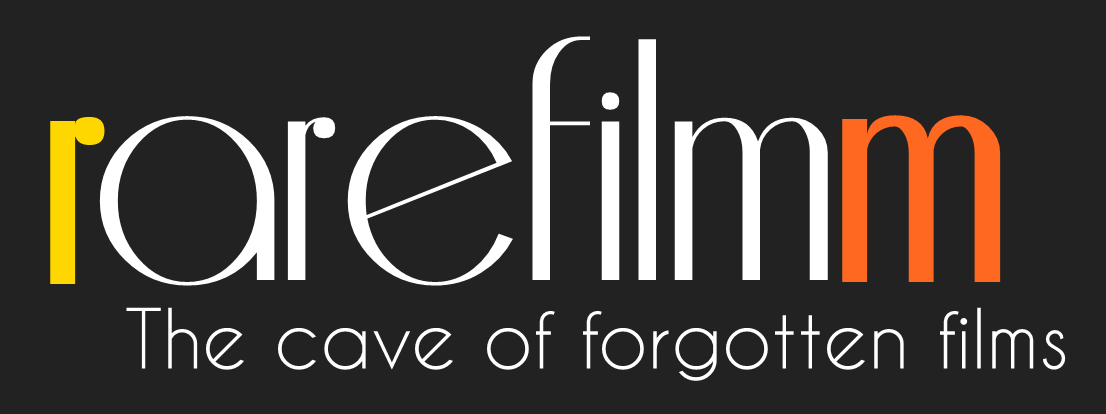The residents of an old people’s home anxiously watch television weather forecasts that predict a hard winter. When a huge transport of coffins arrives in the same night, the old people start to suspect that someone is preparing a mass death for them. In solidarity, they decide to escape and… go out to the country. They are followed by a police chase, which at times resembles a manhunt. The film, made in 1981/82 but released a year later, unexpectedly became a metaphor for the Polish history of the time.
Tag: 1980s
Csaba has just come out of doing a stint in prison because he stabbed a man while drunk, and when he goes home he discovers that his wife is now living with someone else in their apartment. Csaba quickly divorces his wife but he still has to move in and share a kitchen and bathroom with her and her new mate, suffering because he still loves her. This untenable situation is complicated by visits from Csaba’s mother, and by various women he starts seeing, as well as by a busy-body neighbor. The three main roles of Csaba, his wife, and her lover are excellently interpreted in this satire on social morés and economic realities.
Maledetti vi amerò is a bleak but also bitingly-humorous look at what happened to Italy during the absence of one young rebel. Svitol has been hiding out in South America. Then one day he gives up on his life in exile and decides to head back home. Everything has changed. The radical left is now in business or shooting up drugs, and Svitol finds he has no “home” left. Terrorists seem to set the stage for near anarchy and nothing is as he had imagined.
In 1935, at the age of 13, Simon Chalumot is enrolled in a military school by his father. His reluctance to become a soldier is apparent to all and he is bullied and abused by the military staff and his fellow pupils. At 15, he runs away, but is captured and returned to the school by his father, a patriotic veteran of the last war. Soon after, Chalumot graduates to a higher military school, but now the bullying is so brutal that he can take no more…
O Sangue (Blood), tells the story of seventeen-year-old Vincente and his ten-year-old brother, Nino, who must face the departure of their abusive father and its aftermath. With the aid of Vicente’s girlfriend, Clara, the trio attempts to pick up the pieces of their fractured family life while confronting an unwelcomed uncle and mobsters who try to collect debt that their father left behind.
Mamá Cora is about 80 years old and she has three sons and a daughter. Mamá lives with one of them, unfortunately, the one who is in the worst economic position. One day, all the members of the family have a reunion to celebrate an anniversary. In the middle of the whole thing, an awkward question appears out of nowhere: Who’s going to be Mamá Cora’s heir? Who is going to take care of her during her last days in this world?. The answer is not easy and it doesn’t take too long for the members of this bizarre family to start a terrible and yet hilarious fight. However, in the middle of the whole thing, they’re interrupted by some disturbing breaking news.
A group of Devonport-based Royal Navy ratings, due to sail to America for a six-month NATO exercise, go out on the town on their last night in port, hitting Plymouth’s notorious Union Street district, with violent results.
The Wars focuses on rebellious Robert Ross, who battles against the uptight, upper-crust Rosedale society he was born into; when war is declared in 1914, he enlists in the Canadian army to escape from personal tragedy. Though it recreates the horrors of WWI trench warfare with harrowing realism, the film is more interested in how war replicates, and even amplifies, the class divisions of the homefront; in one of many telling details, Robert is the only man in his unit with a handgun because he is the only man wealthy enough to afford one.
